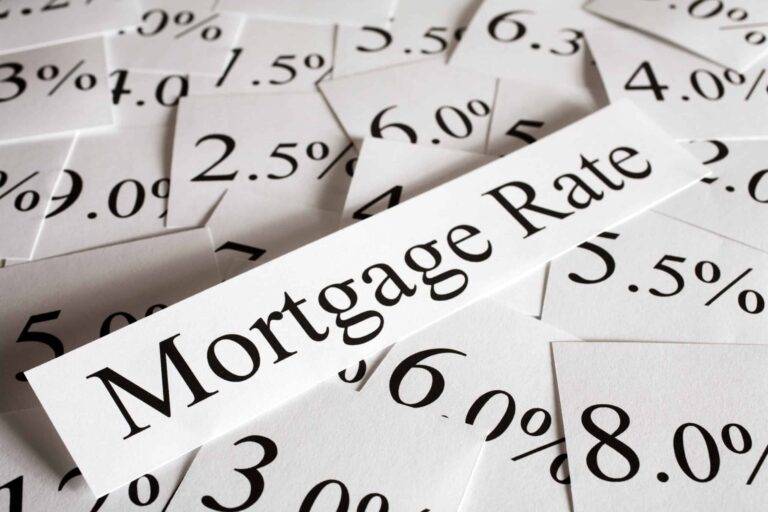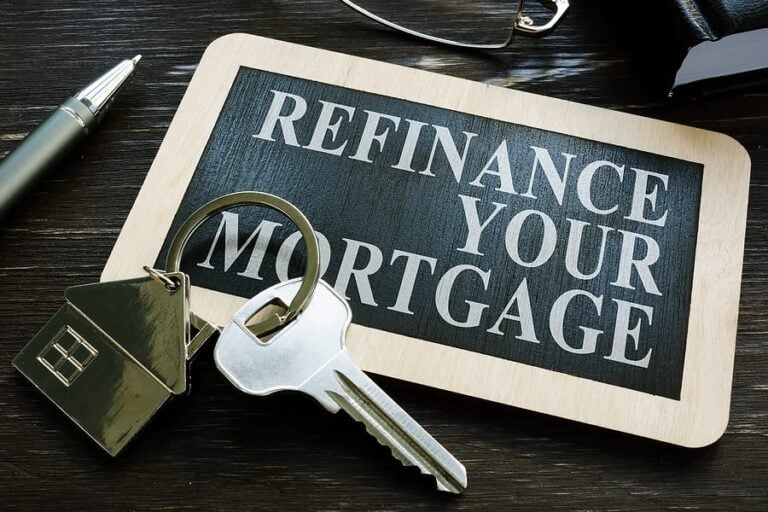Credit Card Interest Rates
Understanding Credit Card Interest Rates
Credit Card Interest rates play an integral role in the credit card process for both the borrower and lender. For borrowers, an interest rate literally represents the price for making credit card purchases and keeping a revolving credit card debt balance.
For credit card companies, interest rates are a major profit driver propelling margins as high as 40% for companies such as Visa, MasterCard, Discover, and American Express.
With over a trillion dollars in aggregate credit card debt in the United States, and a majority of 175 million cardholders carrying revolving debt balances charged an average interest rate approximating 15%, it’s easy to see that credit card interest rates play a major role in underpinning the American economy.

Average Credit Card Interest Rates
Credit card interest rates typically fall into one of three categories – variable, fixed and promotional, and there are several factors that enter into the composition of interest rates. In a variable interest rate scenario, credit card companies rely upon the prime rate (which stood at 4.25% in October 2017) as a benchmark to which they add percentage points, or margin, to ultimately arrive at the interest rate charged.
The number of percentage points added is a function of the borrower’s credit score and profile – the higher the score, the lower the margin and overall interest rate charged. Those with healthy credit profiles will incur margins of 10% or less, while those with poor credit can see margins of 20% or higher. For all credit card holders, late or delinquent payments can result in interest rates shifting higher.
With fixed-rate credit cards, the interest rate charged cannot change unless the cardholder is given 45 days of advance notice. However, this stability typically comes with a price – namely a higher interest rate than usually found on variable or promotional cards. Promotional cards are a favorite of those seeking to consolidate higher interest rate credit card debt, and they do offer opportunity to save on interest expense.
The downside is that when the promotional period of a specified time (usually around twelve months) ends, prohibitively high credit card interest rates almost always kick in. Therefore, the consumer must always be mindful of an expiring promotional rate period as a revolving debt balance will incur significant interest charges once the promotional period ends.


Do's and Don'ts
In the case of an unlimited personal guarantee, the borrower agrees to allow the lender to recover the full amount of the loan, including interest, along with all corresponding legal expenses incurred. In the case of a limited personal guarantee, most often utilized by multiple business partners, clear parameters are put into place as to the percentage of liability that each individual partner should be responsible for in the event of loan default. Small Business Association guidelines indicate that any business partner with a 20% or greater ownership stake should be included within a limited personal guarantee.
Furthermore, there are two types of limited personal guarantees: several and joint and several. In the several scenario, individual partner liability percentages and the associated possible worst-case scenarios are clearly defined. However, under the joint and several scenario, each individual partner is potentially liable for the full amount of the loan, including interest and legal expenses. The lender cannot pursue more than it is owed, but it can choose which partner(s) to target, and this implies that the worst-case scenario for any of the individual partners is 100% liability – even if that partner’s ownership stake in the business is significantly less.
How to Lower Your Credit Card Interest Rates
If you have demonstrated a consistent pattern of paying your credit card debt in a timely manner, it could make sense to call your credit card company and ask for a lower credit card interest rate. Banks don’t like to lose reliable customers, and if your credit profile is strong, you are in position to negotiate your interest rate successfully. Make note of any competing credit cards that have sent you promotional offers and reference them in your conversation.
However, if your credit profile isn’t as strong and your aggregate credit card debt is high relative to your available credit and income level, then it may make sense to pursue a debt management plan (DMP) through a reputable credit counseling agency. In a typical DMP, your blended interest rate and monthly payment will be reduced through the guidance of a skilled and experienced credit counselor. If you’re interested in learning more about debt management plans, you can read more about them here (link) or call us directly at United Settlement.

Learn About Credit Card Interest Rates
Are you in debt? we can help
Credit Card Interest Rate FAQ
For a given credit card, there may be multiple APRs that accumulate varying amounts of interest expense within a specific billing cycle. Let’s use an example of a credit card with a $10,000 balance that is split as follows: $5,000 is at the Purchase APR of 15%, $3,000 is at the Balance Transfer APR of 6%, and $2,000 is at the Cash Advance APR of 22%. In order to calculate interest expense for a 30-day billing cycle, the calculation goes as follows: Take the balance, multiply by the (APR/365 days) and multiply by the number of days in the billing cycle.
Purchase APR interest expense = ($5,000)(.15/365)(30) = $61.64
Balance Transfer APR interest expense = ($3,000)(.06/365)(30) = $14.79
Cash Advance APR interest expense = ($2,000)(.22/365)(30) = $36.16
Adding the three different APR interest expense totals brings us to $112.59, or a blended APR on this card of just over 11.25%.
Obviously, the best interest rate on a credit card is 0%, which is available on a promotional basis to those with strong credit scores and profiles, often for up to eighteen months. However, these promotional rates don’t last, and they aren’t available to those with weaker credit profiles. Average credit card interest rates range from 15% to 17%, and those with weaker credit scores will see rates of 20%-24%. Attractive interest rates for those with good credit profiles, therefore, will be lower than 15%.
Credit card interest is not deductible for individuals. However, credit card interest may be deducted as a business expense for businesses, contractors and other self-employed individuals.
Toggle content goes here, click edit button to change this text.Most credit cards have an initial grace period of 21-25 days during which interest will not be charged if the bill is paid on time and in full each and every month. However, that grace period disappears after the first month of an account not being paid in full. Interest expense begins to be charged when a balance from a previous billing cycle has not been paid in full.
Credit card interest accrues when the full balance is not paid by the monthly due date. When a credit card debt balance revolves from month to month, interest expense accrues on a daily basis on the existing balance and any subsequent purchases.
Get Debt Relief
Connect with licensed debt specialists dedicated to supporting your long-term financial well-being.

Ready To Get Started?
See if you qualify for debt relief. Get A Free Savings Estimate to see how quickly you can be debt free.
Embrace financial freedom with our tailored solutions, expert guidance, and unwavering commitment to your success.
Experienced Professionals
Our team comprises seasoned experts who have successfully navigated countless clients towards a debt-free life.
Customized Solutions
We understand that every financial situation is unique. That’s why we craft bespoke debt relief plans tailored to your specific needs.
High Success Rate
Our track record speaks for itself. Our effective strategies and dedicated approach ensure tangible results.
Confidential Consultation
Your privacy is paramount. Rest assured, our consultations are carried out with the utmost discretion and confidentiality.
Explore other blogs











